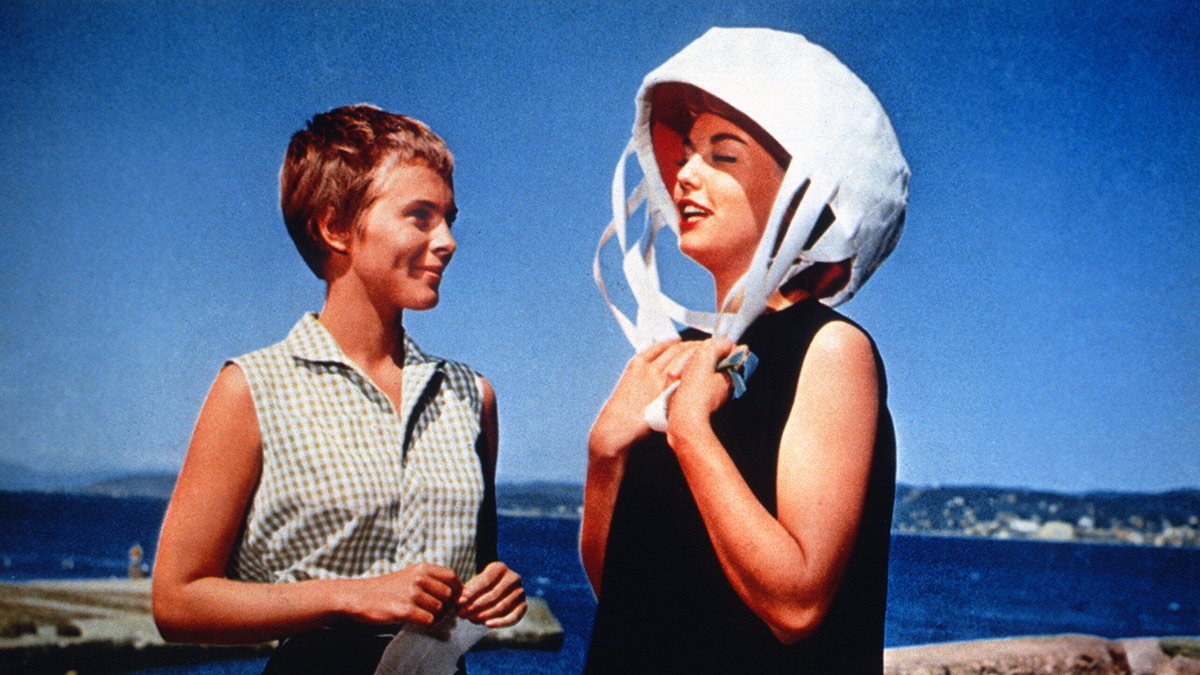
(c) Photofest / Getty Images
“Bonjour Tristesse” The lives of Jean Seberg and Françoise Sagan unintentionally overlap
2021.05.10
Angel face: Kuleshov effect
"I hesitate to give the solemn yet beautiful name of sadness to this strange emotion that haunts me, its dullness and sweetness." ( Bonjour Tristesse , by Françoise Sagan)
It is surprising to note that the opening lines of Françoise Sagan's debut work, "Bonjour Tristesse," written at the age of 18, overlap with an unfinished poem written by Jean Seberg around the same time. When one looks back at the resonance of icons of the same generation emanating from the photographs of Jean Seberg, who made a name for herself with her Cecil cut, and Françoise Sagan, who was also present on the set, one cannot help but feel the historical inevitability of "Bonjour Tristesse."
Francois Truffaut called Jean Seberg "the goddess of the new age of cinema." A still of Jean Seberg from "Bonjour Tristesse" was featured on the cover of Cahiers du Cinema. A small caption read: "Francoise Sagan must have seen 'An Angel's Face'!" " An Angel's Face " (1952), directed by Otto Preminger, is a masterpiece of suspense film in which the heroine's (Jean Simmons) heart (her strong motive for committing a crime) cannot be read from her facial expression.
Jean-Luc Godard, who was impressed by "Bonjour Tristesse," positioned his own film " Breathless " (1959) as a sequel to "Bonjour Tristesse" (Godard mentioned that if he added the subtitle "three years after the last shot of "Bonjour Tristesse" it would become "Breathless"). These statements are highly suggestive, especially considering that Godard later said he wanted to place "Breathless" next to Lewis Carroll's " Alice in Wonderland ." So what was it about Cécile-Jean Seberg, the girl in "Bonjour Tristesse" that attracted Godard?
"Breaking Bad" Trailer
In the scene where Cecil dances with her arm around the man's shoulder, Jean Seberg stares blankly into the camera. Cecil's blank expression does not allow one to identify any particular emotion. In " The Diary of Jean Seberg " (1995), filmmaker Mark Rappaport links the direction of this expressionless gaze to the Kuleshov effect.
The Kuleshov Effect is an experiment by Lev Kuleshov, a Russian filmmaker and theorist known for his silent film masterpiece The Extraordinary Adventures of Mr. West in Bolshevik Land (24), in which separate footage is edited together with a close-up of an expressionless actor to test how the audience feels about the actor's expressionless face. This montage experiment, in which the object in front of the actor's gaze is changed one after another, proves that the audience assigns emotional meaning to the actor's expressionless face depending on the object that is edited into it.
What was there behind Cecile's expressionless gaze in "Bonjour Tristesse"? It was an emotion that Françoise Sagan hesitated to give the heavy yet beautiful name of sadness, an emotion that leaves the audience suspended, an emotion that has yet to be named.

